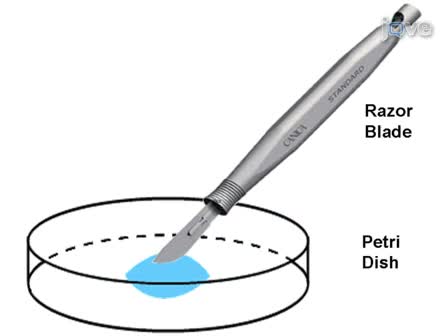A subscription to JoVE is required to view this content. Sign in or start your free trial.
JoVE Journal
Biology
In Vivo Vascular Permeability Detection in Mouse Submandibular Gland
1Department of Physiology and Pathophysiology, Peking University School of Basic Medical Sciences, Key Laboratory of Molecular Cardiovascular Sciences,Ministry of Education, and Beijing Key Laboratory of Cardiovascular Receptors Research, 2Department of Oral and Maxillofacial Surgery,Peking University School and Hospital of Stomatology & National Center of Stomatology & National Clinical Reseah Center for Oral Diseases & National Engineering Research Center of Oral Biomaterials and Digital Medical Devices, 3State Key Laboratory of Natural and Biomimetic Drugs,Peking University
Chapters
- 00:05Introduction
- 00:56Animal Procedures
- 02:43Two-Photon Microscope Set-up
- 03:17Vessel Imaging and Permeability Detection
- 05:01Results: Detecting Endothelial Barrier Function in the Mouse Submandibular Gland
- 06:30Conclusion
In the present protocol, the endothelial barrier function of the submandibular gland (SMG) was evaluated by injecting different molecular weighted fluorescent tracers into the angular veins of test animal models in vivo under a two-photon laser-scanning microscope.










